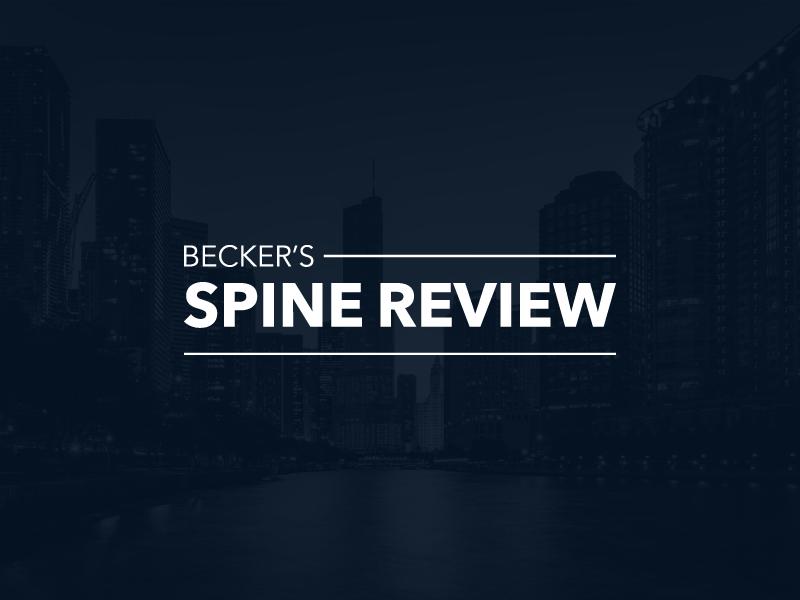

Breakthrough Study Reveals 0% Sedation Rate for Pediatric MRI Scans at Hospital for Special Surgery
The Hospital for Special Surgery (HSS) in New York City has achieved a remarkable milestone in pediatric care, reporting a 0% sedation rate among nearly 2,000 pediatric MRI scans conducted over eight years. This significant finding was published in a recent study from the Lerner Children’s Pavilion at HSS, which underscores the efficacy of employing Certified Child Life Specialists (CCLS) in easing the MRI process for young patients.
Sedation remains a common practice for pediatric MRIs, with estimates suggesting that up to 28% of these procedures involve some form of anesthetic. However, sedation carries potential risks for children, ranging from adverse reactions to medication, increased anxiety for families, and the necessity for additional medical monitoring. The study conducted at HSS demonstrates the effectiveness of alternative strategies, highlighting how CCLS interventions can significantly enhance the experience and safety of MRI examinations for children.
Researchers analyzed data from a cohort of 1,936 pediatric patients aged 4 to 12, who collectively underwent 2,319 MRI scans. Notably, none of the children who received interventions from CCLS prior to or during their MRIs required intravenous (IV) sedation. This outcome emphasizes the specialists’ role in preparing children for the MRI process, utilizing techniques to minimize anxiety, foster relaxation, and facilitate cooperation during imaging procedures.
Children aged 5 to 10 were identified as benefitting the most from these interventions. The study’s co-author, Melissa Collins, noted that the approach is particularly advantageous for those with sensory processing challenges. This highlights the growing recognition of the importance of addressing individual patient needs in medical settings, particularly in pediatric healthcare, where traditional medical practices may not resonate well with young patients.
The implications of this study extend beyond HSS, potentially reshaping how pediatric MRIs are conducted nationwide. By reducing reliance on sedation, medical facilities might be able to improve patient outcomes while mitigating risks associated with anesthetic use. This approach could pave the way for broader adoption of CCLS interventions in various medical procedures, promoting a more child-friendly healthcare environment.
As hospitals continue to explore innovative strategies to improve the experience for young patients, HSS’s findings serve as a critical benchmark. By prioritizing the psychological and emotional needs of children, healthcare providers can enhance procedural success rates and ultimately foster a more supportive atmosphere for families navigating medical care.
RELATED POSTS
View all



